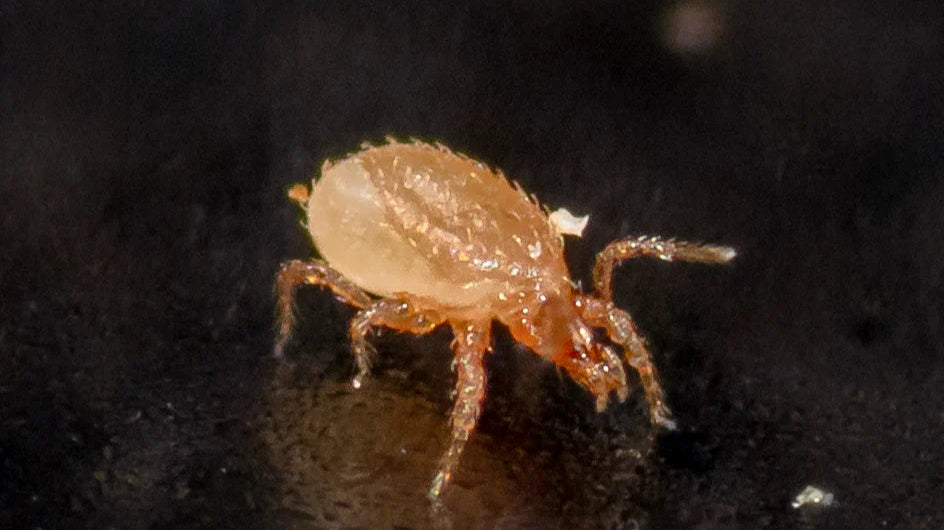Lindorus lophanthae
Scale Who?
Some predators pick and choose. Lindorus doesn’t. These scale-specific lady beetles feed on all life stages — eggs, crawlers, and even adult armored scale tucked under their waxy shells. They’re small, stealthy, and extremely good at what they do.
Whether you're up against California red scale, black scale, oleander scale, or a dozen others, Lindorus lophanthae doesn’t flinch. They're one of the few predators that reliably attack hard scale, soft scale, and mealybugs. If it’s sucking plant juices and hiding behind a shell, it’s fair game.
Highlights
-
Targets all life stages of scale insects (including eggs)
-
Works on armored scale, soft scale, mealybugs, and insect eggs
-
Active even in cooler temperatures (as low as 40°F)
-
Releases are low-effort and long-lasting
-
Great for citrus, ornamentals, greenhouse crops, and outdoor gardens
Quick Facts
| Feature | Details |
|---|---|
| Target Pests | Armored scale, soft scale, mealybugs, insect eggs |
| Life Stages Targeted | Eggs, crawlers, adult scales |
| Predation Rate (♀ per lifetime) | ~100 soft scale nymphs / ~200 eggs |
| Reproduction | 200–400 eggs per female |
| Lifecycle Duration | ~1 month to maturity; ~2 months adult lifespan |
| Best Release Temperature | 68–86°F (but active down to ~40°F) |
| Visibility | Low — expect results, not sightings |
| Shipped As | Active adults (not eggs or pupae) |
Recommended Release Rates
| Beetles | Covers Approx. | Use Case |
|---|---|---|
| 100 beetles | 200–400 sq ft | Houseplants, mild outbreaks |
| 500 beetles | ~1,000 sq ft | Greenhouses, ornamentals |
| 1,000 beetles | ~2,000+ sq ft | Citrus groves, nurseries |
General guideline:
• Light infestations: 1 beetle per 5–10 sq ft
• Heavy infestations: 1 beetle per 1–2 sq ft
• Higher rates recommended for armored scale or cooler environments
Lifecycle Summary
-
Eggs hatch in ~7 days
-
Larvae feed for 2–3 weeks
-
Pupation lasts ~3–5 days
-
Adults live ~2 months
-
Full generation cycle = ~30–35 days
Compatibility
Lindorus plays well with:
-
Aphytis melinus (for citrus scale)
-
Cryptolaemus montrouzieri (for mealybugs)
-
Green lacewings (for crawlers)
Avoid pairing with predatory mites — scale isn’t their target.
Shipping & Storage
-
-
Shipped as: Live adult beetles
-
Store for up to 24 hrs in a cool, dark place (~50–60°F)
-
Release immediately for best results
-
Do not refrigerate
-
Too Many Options?
We get it. Try our mite/insect matchmaking quiz and instantly get matched to the solutions you may need.
Mite Matters
Optimizing Pest Management in Cannabis Flowering Using Predatory Mites
How to Treat Snake Mites Naturally with Predatory Mites
The Beginner's Guide to Predatory Mites
Predatory mites are the unsung heroes of plant care, working behind the scenes to protect your plants from destructive pests. Unlike chemical treatments, they offer a natural, self-sustaining solution that requires minimal effort on your part. Whether you’re preventing an infestation or fighting off an active one, these microscopic allies get the job done efficiently and effectively.





